Still a hint of swagger, then a rasping voice said: Not guilty
Donald Trump’s movements were slow and deliberate. His lips were pursed, eyes scrunched up. There was something of a slow-rolling swagger to his gait but his aspect was grave, to the point of stricken.
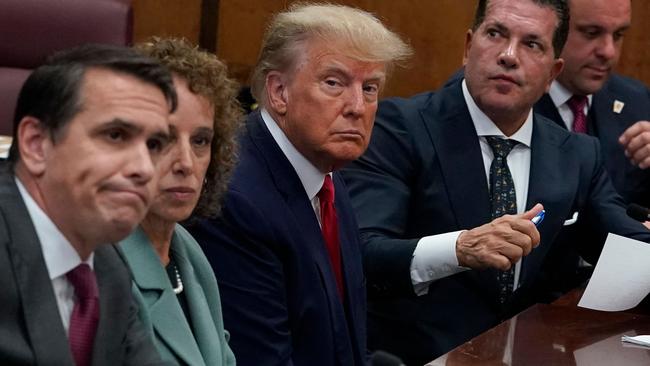
At 2.30 in the afternoon the door at the back of a large, drab criminal courtroom swung open and in walked the former president of the United States.
Donald Trump was in his uniform: a navy blue suit, white shirt and red tie. Sometimes, when entering a room, he can glide, as if on a rail, but now his movements were slow and deliberate. His lips were pursed, eyes scrunched up. There was something of a slow-rolling swagger to his gait but his aspect was grave, to the point of stricken.
His mane of golden hair, that has been compared to a partly deflated souffle, looked greyer than usual in the wash of light that escaped through the drawn blinds.
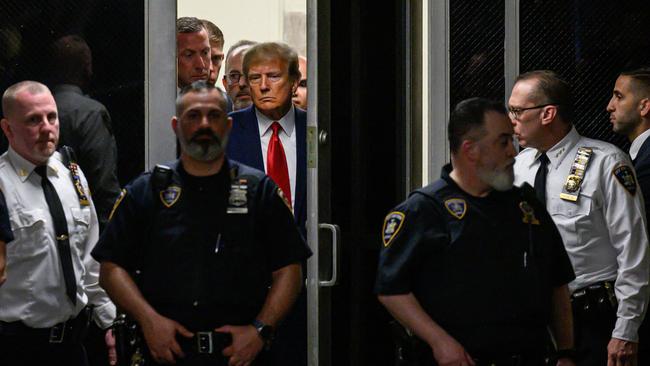
The Manhattan criminal court deals with drug dealers, murderers and all manner of white-collar criminals.
Now it was dealing with Trump, a former occupant of the White House and favourite for the Republican nomination in 2024.
Court officials had set aside the large room where Harvey Weinstein was convicted, in 2020, of rape and sexual assault: a place with orange-brown wainscotting and whitewashed walls, the paint peeling in places.
They had filled it with 20 court officers. Twelve of these lined the rows, like bouncers at a concert before the talent arrives: staring impassively over the heads of the people in the gallery.
At the door a Secret Service agent filled a sharp blue suit, an earpiece in his ear.
Alvin Bragg, the Manhattan district attorney whose office announced an indictment of Trump on Thursday, arrived a few minutes before the arraignment hearing and sat down behind his prosecutors.
Then, for about 15 minutes, there was silence but for the occasional sound of the enormous crowd mustered on every side of the courthouse in Lower Manhattan, and the buzz of a voice on a police radio. “Go ahead.” “Standby”. “The court ready to go?” “Stand by.” “We are now ready.”
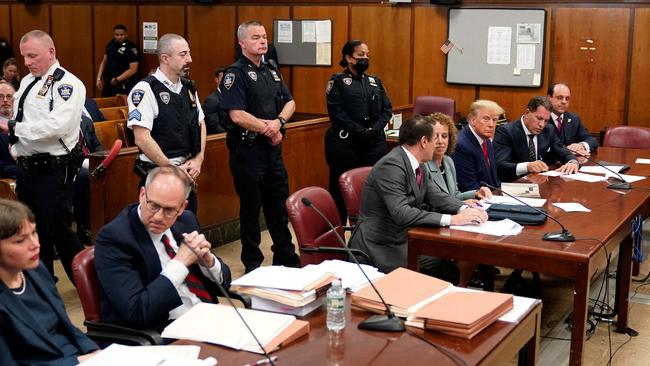
Team Trump came in and sat down at 2.29pm: three men, tanned and stocky, like upstanding members of a golf club, and in the chair at the end, the veteran New York lawyer Susan Necheles.
A minute later, in came Trump, a man in a suit moving at his side, apparently giving him directions. As soon as he was seated, five photographers entered, in accordance with an order from the judge, taking a place in front of the jury box and firing away at Trump until a court officer shouted: “All right! Thank you,” and they were ushered out.
Judge Juan Merchan then took his place on the bench and soon got to the matter in hand. “All right,” he said. “Let’s arraign Mr Trump.”
A court clerk shouted: “Donald J Trump”. He was charged with “34 counts of falsifying business records in the first degree. How do you plead, guilty or not guilty?”
A familiar voice rasped back: “Not guilty.”
Chris Conroy then rose for the people of New York and began to describe the charges. “The defendant Donald J Trump falsified business records,” he said, in pursuit of “an illegal conspiracy to undermine the integrity of the 2016 election.”
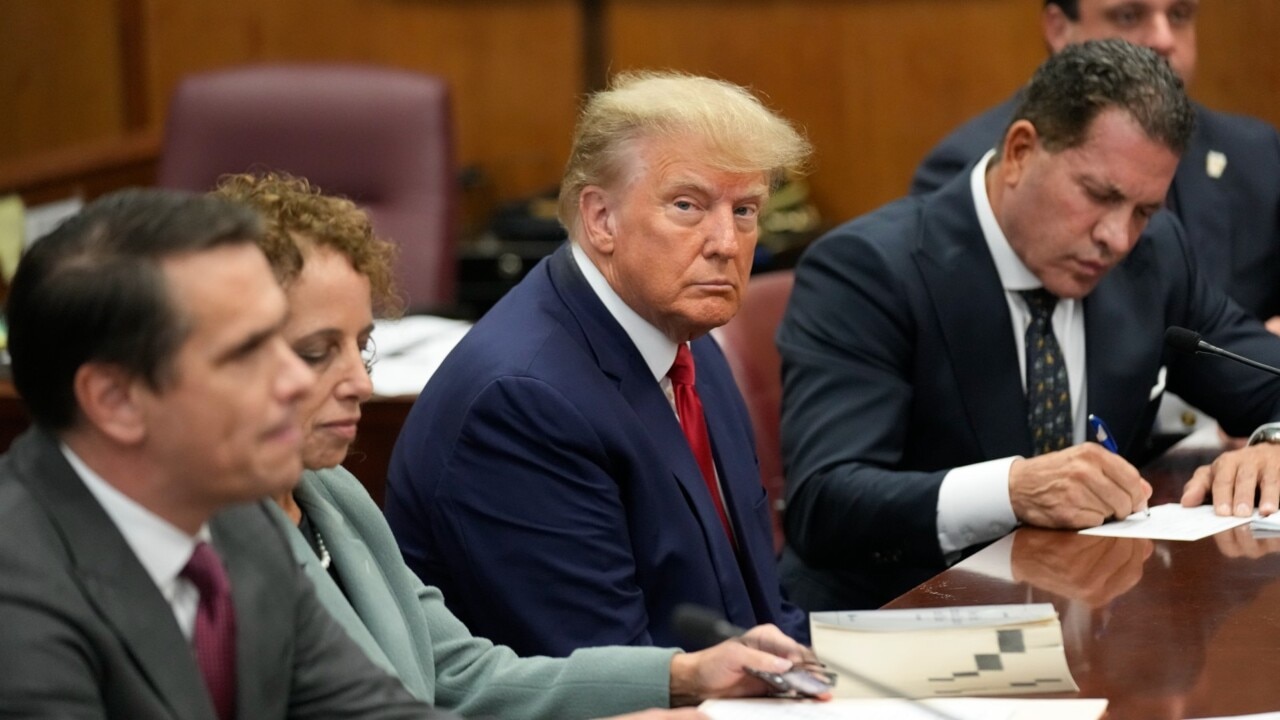
A payment of $US130,000 had been “made at the defendant’s direction” by his lawyer who was then “reimbursed in monthly payments” that were themselves disguised for tax purposes, he said.
In response to a looming indictment, and after it had been returned, the defendant had made “public statements threatening our city, our justice system and our courts,” he said. A protective order was necessary, Conroy said, “to address the defendant’s behaviour”.
One of Trump’s lawyers, Todd Blanche, said that chis client had been living for months under the threat of this indictment, forced to endure leaks and statements from witnesses expected to testify.
“It’s true that President Trump has responded, and responded forcefully,” he said. “It’s true that as part of his response, he is frustrated.”
Judge Merchan listened, and then begged to differ. “Certainly Mr Trump does have rights.” Prosecutors were not seeking to silence him, when he was “a candidate for the presidency of the United States.” But he added: “I don’t share your view that certain language and certain rhetoric is justified by frustration.”
He asked prosecutors to speak to their witnesses, and the defence team to “speak to your client … and remind them to please refrain from making statements that are likely to incite violence or civil unrest.”
The judge told said that he would issue this warning, and might take further action if necessary. Then, looking down at the former president from his bench, he proceeded to remind him of certain rights, as he would to any other defendant in his court, his voice soft with a distinct New York accent.
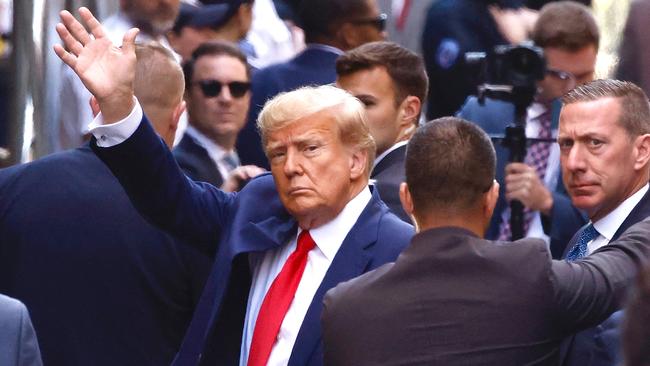
Trump had the right to be present at all hearings. Did he understand? “If you become disruptive – and I don’t have any reason to think that’s going to happen – I do have the ability to remove you from this courtroom. Do you understand that?”
“I do, your honour,” Trump replied.
One of Trump’s lawyers, Todd Blanche suggested that perhaps his client need not be present for the next hearing in December. “All of Manhattan was shut down today,” he said.
Judge Merchan said he recognised that Trump’s very presence raised certain challenges. But he had to apply the law evenly to all, “even very high-profile defendants”.
Then, Trump was released, and shambled slowly out of the courtroom, whose occupants were all ordered to sit still until he was gone.
The Times



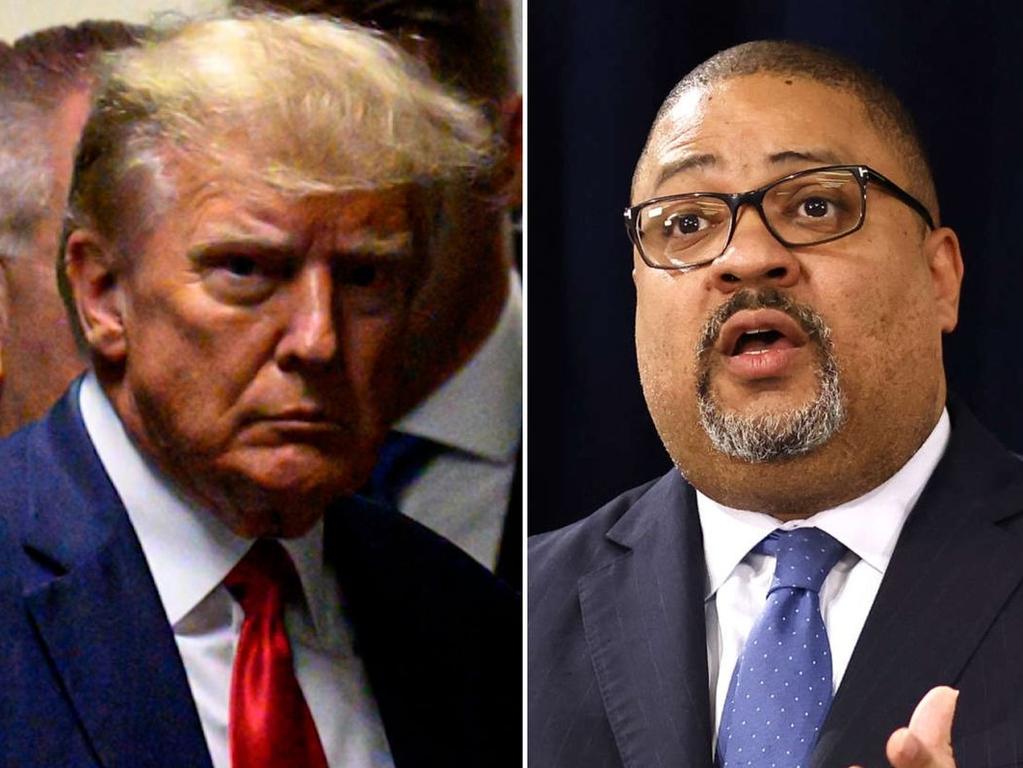
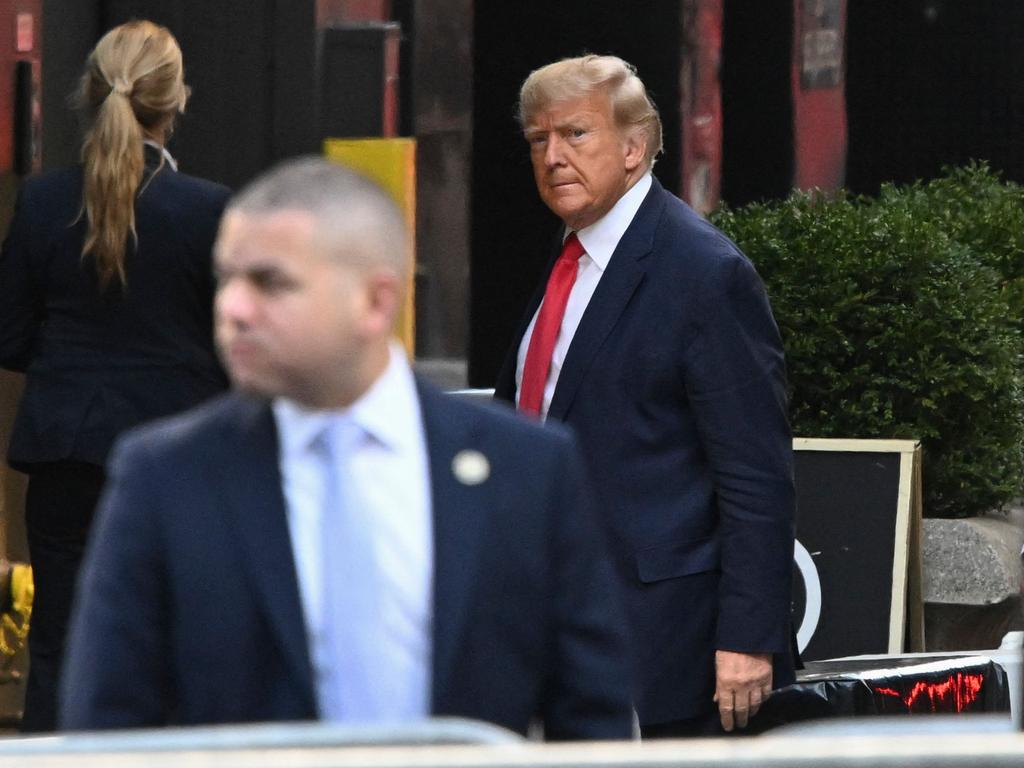
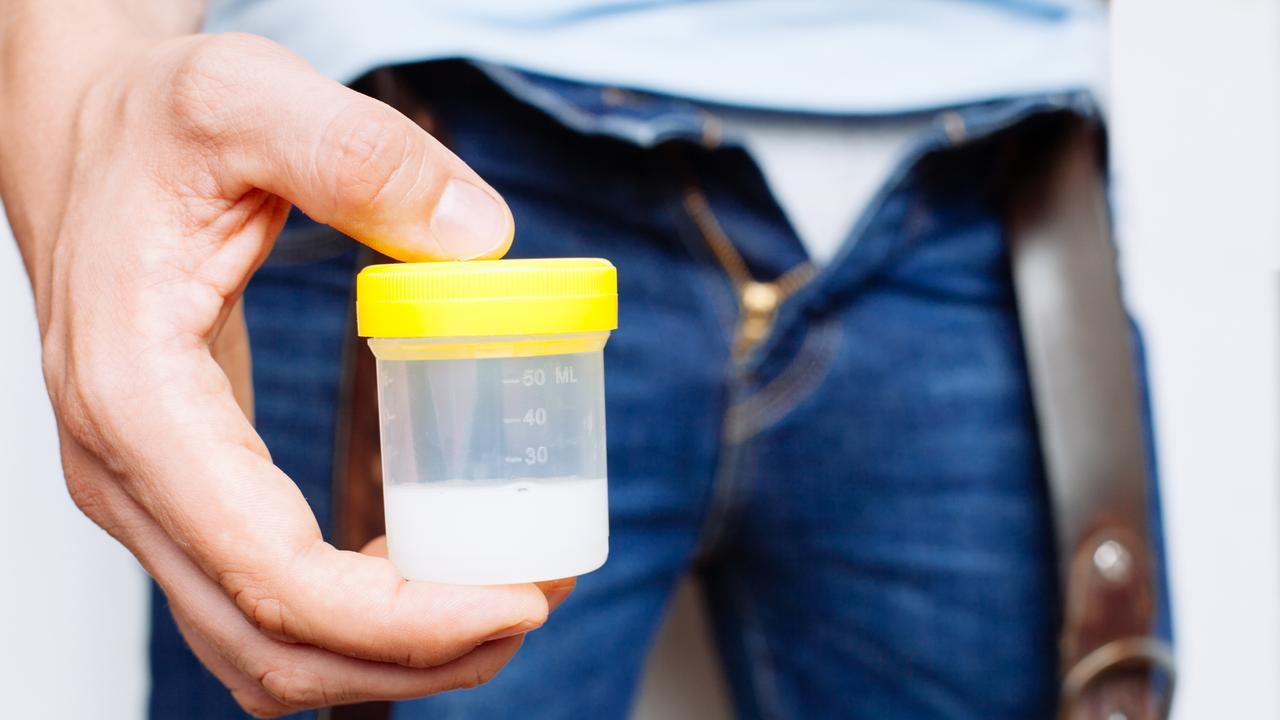
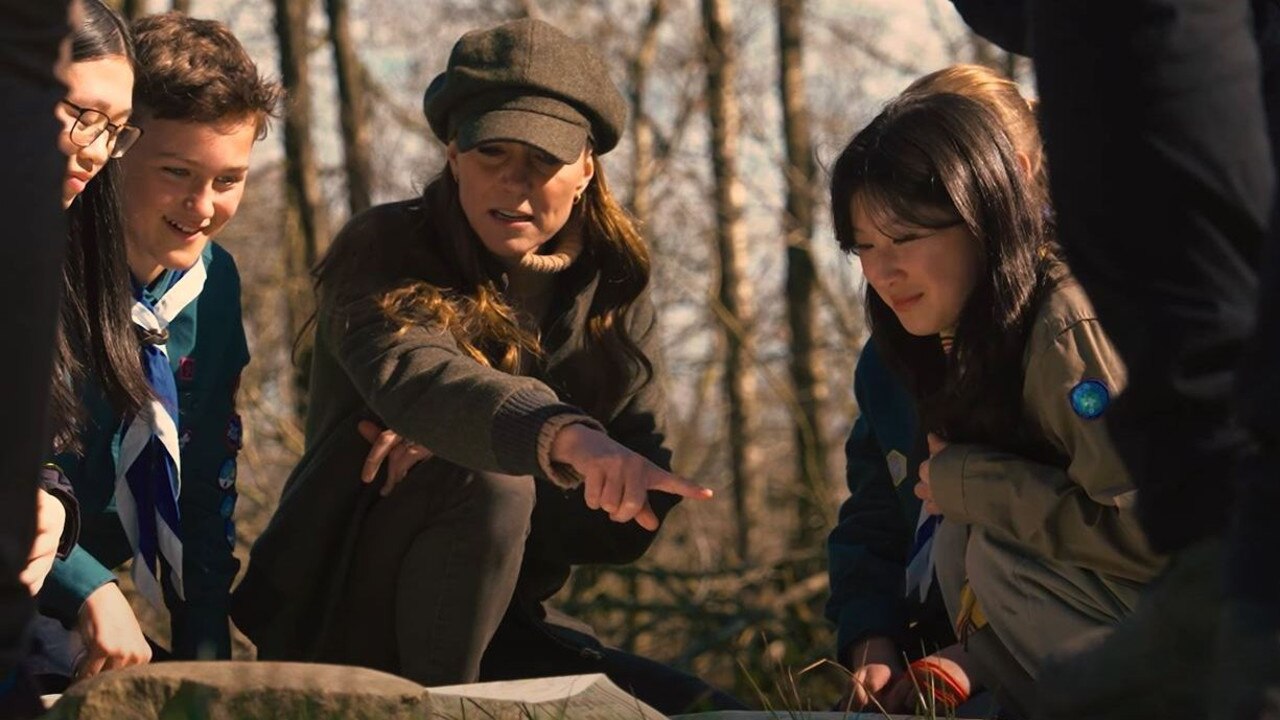
To join the conversation, please log in. Don't have an account? Register
Join the conversation, you are commenting as Logout